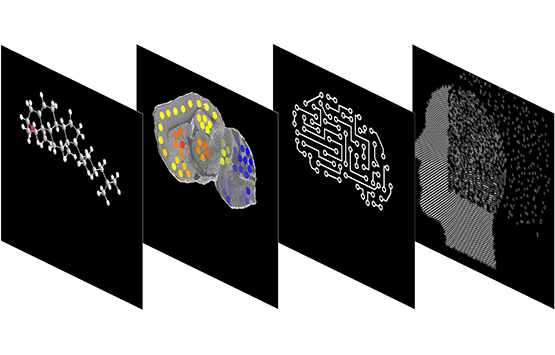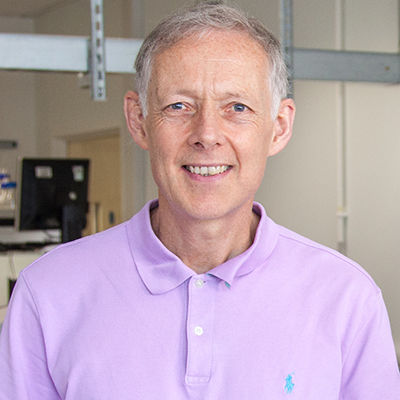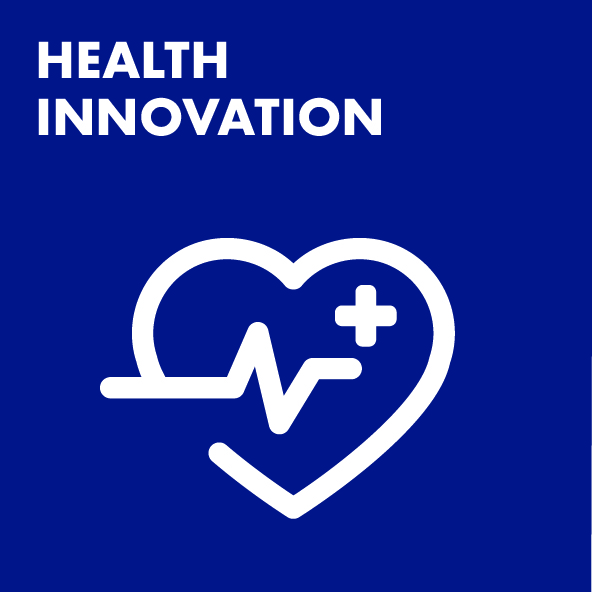The Challenge
Cholesterol is a fatty substance made by all cells and found in some foods. As one of the most abundant molecules in the human body, it plays a vital role in how our body, and in particular, our brain, nerves and liver work. Despite its importance across the entire animal kingdom, little is known about how different cells in the body handle excess cholesterol and convert it to other molecules. Excess cholesterol is linked to diseases of the 21st century including Alzheimer’s disease, liver disease and diabetes. A better understanding of how cells manage their cholesterol will lead to better diagnosis and potential treatments for these and other related diseases.
The Method
Professor William J Griffiths, in combination with Professor Yuqin Wang and Dr Eylan Yutuc, is leading the Swansea University Oxysterol Research Group. The Group developed a “charge-tagging” method so that when they analysed cholesterol-related molecules from cells and body fluids with an instrument called a “mass spectrometer” these molecules essentially “light up” making them easy to detect and characterise. This also allow us to “map” their location and quantity in any tissue. The “charge-tagging” technology is licensed to the US Biotech firm Cayman Chemical Company who are marketing it as one of their tools for Corona virus research.
Impact
Using the “charge-tagging” method the team have assisted clinicians to diagnose cholesterol related diseases and monitor the biochemical outcome of clinical trials. They are creating a 3D Brain Atlas of cholesterol and its derivatives, investigating how cholesterol is handled differently by people with disorders like Alzheimer’s, Parkinson’s, Huntington’s, multiple sclerosis and motorneuron disease.
Using their ‘charge-tagging’ method they have discovered a specific cholesterol metabolite which is protective towards motoneurons and developed a drug discovery program based on this finding. A better understanding of how the brain looks after its cholesterol will help in the development of treatments and perhaps a cure to some neurodegenerative diseases.
The UK Rare Disease Research Platform has been established with a £14 million investment over five years by the Medical Research Council (MRC) and the National Institute for Health and Care Research (NIHR).
Professor William Griffiths and Professor Yuqin Wang, from Swansea University Medical School worked with consultant paediatrician Dr Graham Shortland and Professor Stuart Moat, from Cardiff and Vale University Health Board on a successful bid for funding.
Read more about the £14m investment in rare disease research.












